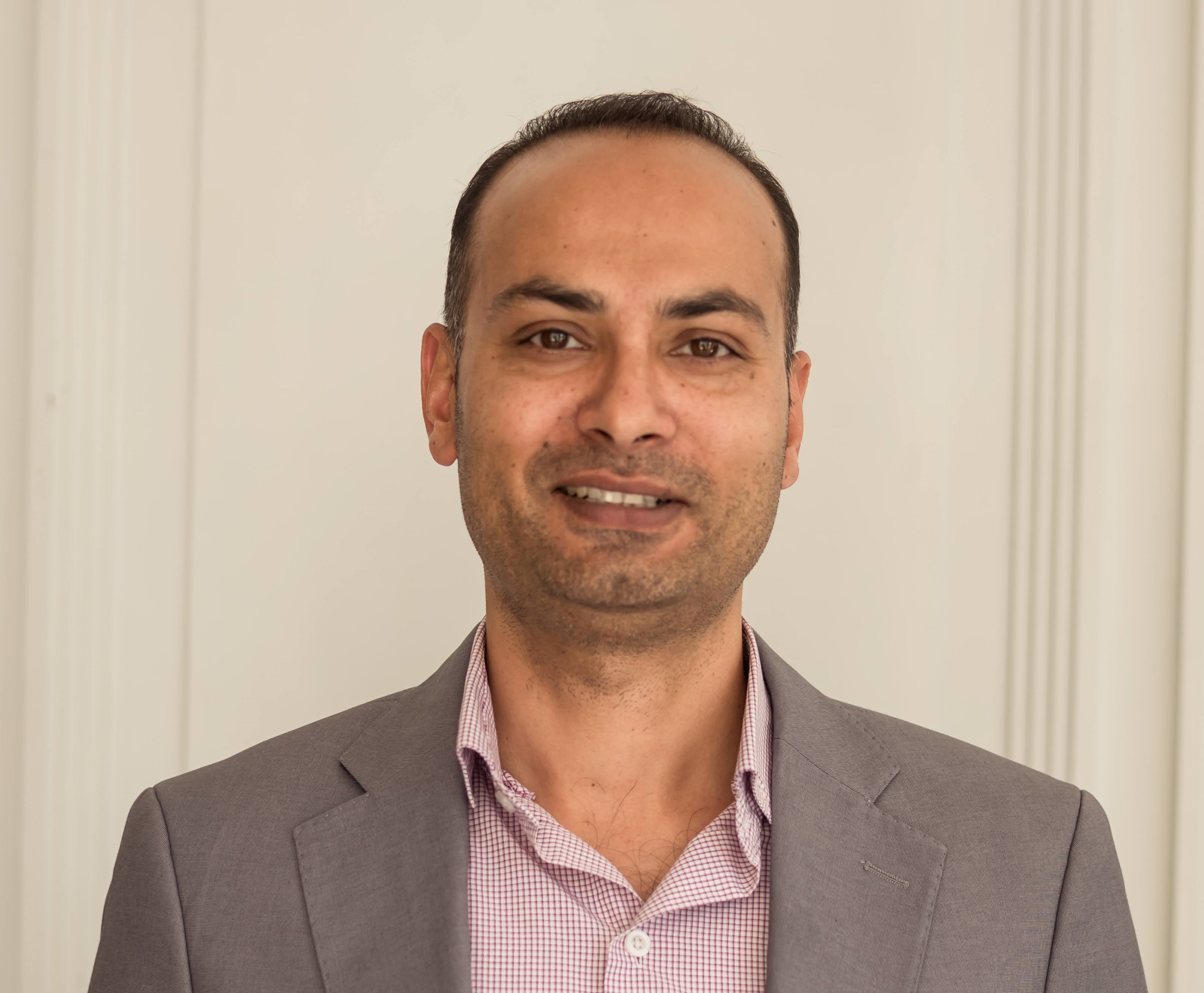Columns
Building blocks to peace
Government, civil society and the media all have a stake in Nepal’s new federal journey. They must trust each other and collaborate for sustained peace..jpg&w=900&height=601)
Anurag Acharya
Some underlying drivers exacerbate conflicts around the world, whether triggered by ethnic, religious or political differences. Often, the people who are mobilised during a conflict are those who hold deep grievances against their government. They also feel excluded and marginalised. Research by Oslo Peace Research Institute in 2017, concluded that countries with inequalities between groups defined by religion, ethnicity, or regional identities are at a significantly higher risk of conflict. Nepal’s decade-long conflict, from 1996 to 2006, and subsequent ethnic and regional movements tick all of these boxes. During my career as a journalist, I travelled and reported from different parts of the country that were embroiled in violent protests. Beneath the sloganeering and anger, there was a feeling among communities of being abandoned by the state. People complained about the difficulties of daily life, including a lack of basic health facilities, drinking water, quality and affordable education, irrigation for farmers, and employment opportunities.
Dalits suffered due to caste-based discrimination, while women reported gender-based violence. Ethnic minorities in the hills feared the loss of their cultural heritage and language, while those in the plains experienced insecurity due to landlessness and being perceived as ‘second-class citizens’. As a Nepali, I felt things become worse after the local governments were dissolved in 2000, as there were no elected representatives to address people’s concerns.
Nepal’s bitter experience shows it would be much more effective for governments to identify and respond to public grievances, rather than wait until they lead to full-blown conflict. This means building an inclusive and accountable system during times of peace, where politicians can talk to people, understand their aspirations and address their concerns.
When the constitution came into effect on September 2015, politicians promised to address the aspirations of diverse sections of the Nepali population by making sure the new federal Nepal is more inclusive and accommodating, and that it responds to the needs and concerns of minorities.
The elections to federal, provincial and local municipal governments in 2017-18 have provided a historic opportunity for political parties to institutionalise a new system of governance that lives up to its promise—but there are challenges. There is a mismatch between heightened expectations of the population that wants the new federal system to deliver immediately and the capacity of a system that is being led by a new generation of elected representatives. Many of the elected leaders, especially those from marginalised communities, lack the experience and confidence of holding a position of power and influence, as the political parties had failed to sufficiently promote and develop their leadership skills.
Addressing the technical capacity gaps of those in power, as being proposed under the Provincial and Local Government Support Program which was jointly prepared by the Ministry of Federal Affairs and General Administration with support from major development partners, will not by itself make the new federal system work. Based on Saferworld’s experience of working in Nepal over the last ten years, we can say that the gaps are not only technical and institutional but also political and social. The absence of local government and prolonged elections has created a vacuum between the community and their political representatives. During the years of conflict and transition, many of these representatives lived away from their constituencies. Similarly, the national focus on constitution drafting discouraged conversations about sub-national issues.
The new constitution and elections have brought the focus back to the sub-national level, but there has to be a concerted effort to bridge the gap between what communities want, and what policy- and decision-makers are prioritising. There is a need to establish trust among citizens, and between citizens and the state, along with improving public confidence in the federal system. That can only happen if communities can articulate their priorities and needs to their elected governments, particularly at the local and provincial levels. Over the last two years, civil society in Nepal has been coming to terms with this challenge.
Nepal has done well to bring active conflict to an end and establish peace. But sustaining and consolidating peace is a gradual process that requires investing in addressing the underlying drivers that lead to the conflict in the first place. In Nepal, profound marginalisation and structural exclusion of some communities, enhanced by a patriarchal and unrepresentative form of governance—as well as caste and gender-based violence and discrimination—were among the major drivers of conflict. While the new constitution seeks to address many of these drivers, challenges remain. With an empowered constitutional mandate, it is crucial that the sub-national governments in the provinces and at the local level focus on addressing these insecurities and discrimination, promote inclusive governance and improve the quality and affordability of basic services. The Nepal government, as well as donors, civil society and the media, should work together to support these initiatives and contribute to more inclusive development.
Recently, there has been criticism aimed at donors and development partners in Nepal, both from the government and in the media. While genuine criticism must be welcomed and reflected upon, there should be no doubt that we are all working towards a common goal of strengthening Nepal’s new federal system that has the potential to address diverse aspirations and to sustain peace.
***
What do you think?
Dear reader, we’d like to hear from you. We regularly publish letters to the editor on contemporary issues or direct responses to something the Post has recently published. Please send your letters to [email protected] with "Letter to the Editor" in the subject line. Please include your name, location, and a contact address so one of our editors can reach out to you.




 8.12°C Kathmandu
8.12°C Kathmandu













%20(1).jpg&w=300&height=200)

